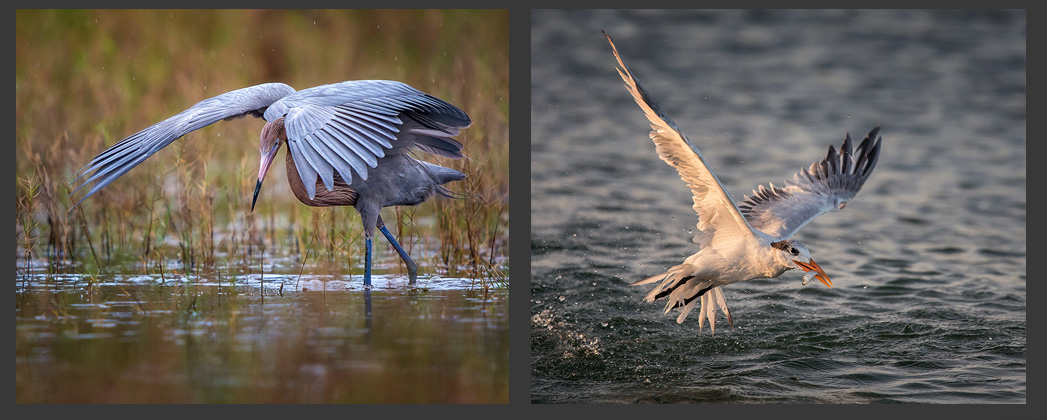I find this guy's argument wrong headed for several reasons.
A few factors to consider, based on many articles as well as my experience with many telephotos and both the Z and F TCs.... including 400 f2.8E, 800 PF, 800 f5.6E, 300 PF and 500 PF, which pair very well with TCs.
1. For starters, the attributes of the internal TCs in high priced exotics (400 f2.8S TC in this video) do not equate to those of External TCs. One unknown factor is Nikon likely uses different proprietary glass elements in these Exotics in addition to fluorite, which is suspected to justify the 5 figure prices (I base this argument on what is known about
the optical elements in the 58 f0.95 NeoNoct.) in addition, the 400 TC and 600 TC benefit from NANO and ARNEO lens coatings to minimize flare;
2. Nikon pioneered the concept of bespoke TC pairing with their 800 f5.6 +TC125. Together with the 180-400 f4E TC14 (my primary "Mammal lens"), the integral TC's in 400 and 600 Z primes are bespoke optics. Besides being designed as an optimally unified optical instrument; a skilled technician hand calibrates and tests
each TC and its individual lens as a unit... Hence the integral high quality of these Exotics stands out.They have noticably better high image quality compared to more affordable telephotos, especially dealing with flare, backlighting etc;
3. Above all, their key advantage is the speed to "change" the internal Teleconverter;
4. It pays off tto TC is used with respect for its limitations. A cropped TC image stands out in loss of quality, and they often magnify negativities such as haze;
5. Image quality tends to drop off over longer subject distances using a Teleconverter; in as much one can control for compounding
impacts of negative atmospherics. The internal TCs are possibly less susceptible to the Distance penalty, but I haven't seen this tested rigorously. So cropping without a TC may in fact be preferable in such cases.... If the subject permits, try both methods;
6. There are indeed some lenses that perform poorly with an external TC, so cropping is the best available compromise possible to capture the image;
7. Finally, Pixels/Duck matter.... Opposite to cropping, a TC puts more pixels on the subject. Period


